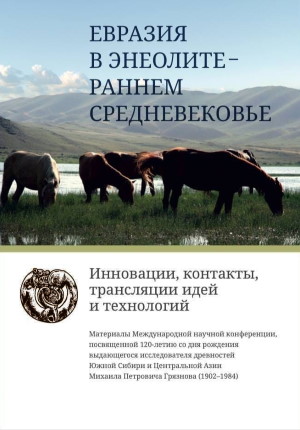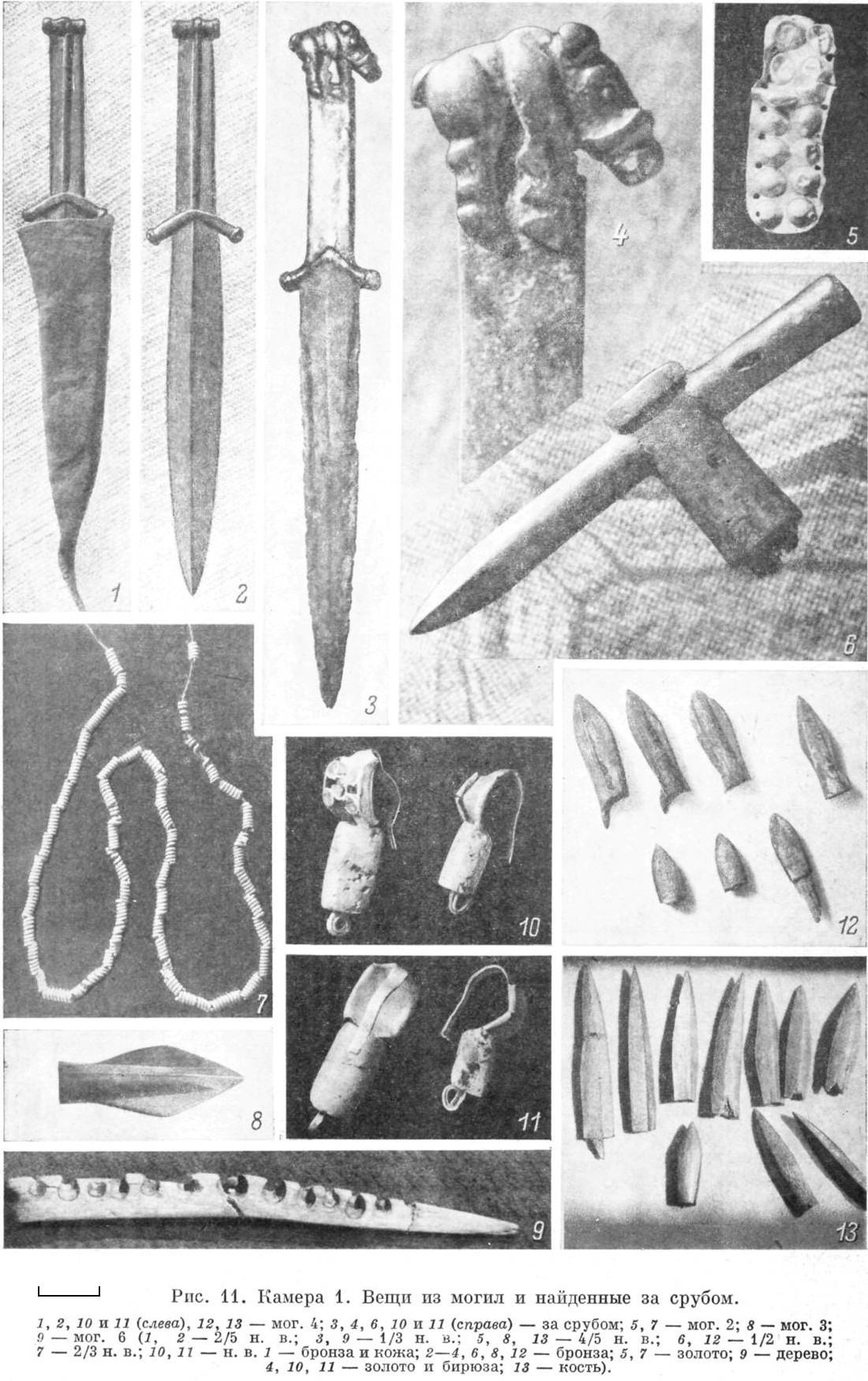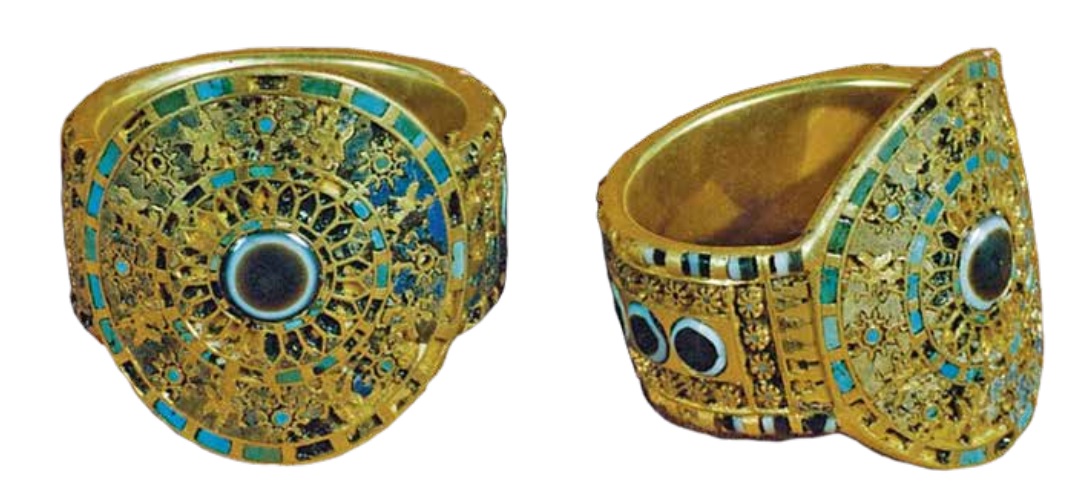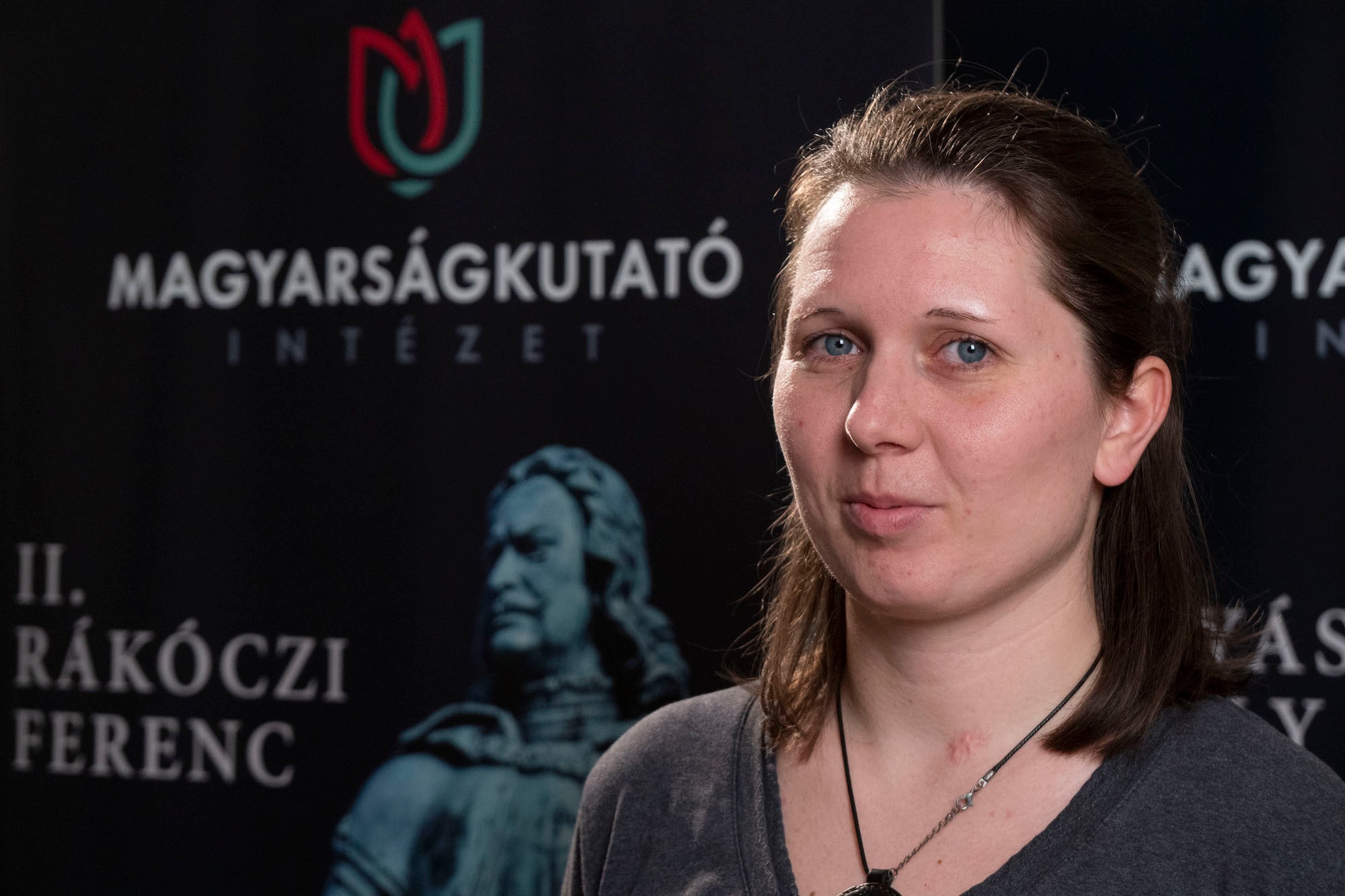Our participation in international conference organised by the St. Petersburg Archaeological Institute of the Russian Academy of Sciences and the State Hermitage
The lecture series was organised to mark the 120th anniversary of the birth of Mikhail Petrovich Gryaznov.
More than 100 presentations were given by major archaeological institutes and university departments of Russia, as well as by researchers from Kazakhstan, Kyrgyzstan, China, Japan and Italy. From Hungary, Veronika Horváth, Assistant Research Fellow at the Research Centre for Archaeology of the Institute of Hungarian Research, delivered an online presentation in Russian entitled "Золотые серьги из кургана Аржан-1" (Gold earrings from Arzhan-1 Kurgan).

From 7-11 November 2022, the conference „Евразия в энеолите – раннем средневековье (инновации, контакты, трансляции идей и технологий). К 120-летию со дня рождения выдающегося исследователя древностей Южной Сибири и Центральной Азии Михаила Петровича Грязнова (1902–1984)” - "Eurasia from the Eneolithic period to the Middle Ages (innovations, contacts, technologies and the spread of ideas)" on the occasion of the 120th anniversary of the birth of M.P. Gryaznov (1902-1984), a distinguished researcher of Inner Asia and South Siberia, was held in St Petersburg, organized by the St Petersburg Institute of Archaeology (IIMK RAN) and the State Hermitage.
Mikhail Petrovich Gryaznov was born in 1902 in the former governorate of Tobolsk. In the 1920s, after graduating in biology from the Department of Physics and Mathematics at the Petrograd University, he began to work as a staff member of the Ethnography Department of the Russian Museum and as a senior researcher at the State Academy of the History of Material Culture (GAIMK), where he was involved in research on the archaeological remains of the then Soviet Union, together with Sergei Ivanovich Rudenko. Gryaznov's work included research on the Kurgans along the upper Ob River, the excavation of early medieval Kurgan cemeteries in the Pre-Altai, along the Bijsk River and on the outskirts of the village of Strostky. The excavation of the Scythian and Pazyryk Scythian Kurgan sites in the central part of the Russian Altai is also linked to this period.
After the Second World War, Mikhail Petrovich continued to research and document archaeological sites of the Early Iron Age in the Altai, associated with the early nomadic equestrian peoples. In addition, in the 1950s he was instrumental in the research on the way of life of the Late Bronze Age and Early Iron Age peoples of Central Kazakhstan. He was involved in the excavation of several Middle and Late Bronze Age (Andronovo, Karasuk cultures) and Early Iron Age (Tagar culture) burials and settlements along the middle course of the Yenisei River and in the Minusinsk Basin. One of his major research projects was the excavation of the Arzhan-1 Kurgan in the Autonomous Republic of Tuva, which was excavated over several seasons in 1971-1974.

The complex, which contains more than 160 harnessed horses and 13 human remains, is considered to be the earliest archaeological site of the Scythian period in Inner Asia. Gryaznov identified parallels in the types of horse tools, weapons and animal representations among the archaeological finds from the Eastern European Pre-Scythian and Early Scythian periods of the 7th to 6th centuries BC and the remains of the Majemir and Tagar cultures of the 7th to 6th centuries BC. On this basis, he placed the Kurgan in the Arzhano-Chernogorovka phase of the early nomadic horse culture and dated it to the 8th to the 11th centuries BC, but carbon isotope analyses carried out shortly afterwards pushed this date back to the very end of the 9th century BC. A full study of the mound has not been completed to date, so the chronology of the Scythian period in Inner Asia is partly determined by this dating. Mikhail Petrovich Gryaznov later linked the emergence and spread of Scythian culture not to a specific place or point, but distinguished 10 regions on the Eurasian steppe, whose cultural development was determined by the way of life and traditions of the peoples of the particular regions.
In this regard, the conference paid tribute to the work of Mikhail Petrovich Gryaznov. The presentations thus covered the researcher's life, his earlier research and the discussion of new archaeological and historical issues related to the sites he excavated.

During the multi-day event, presentations were organised in the following sections:
- The scientific heritage of Mikhail Petrovich Gryaznov and the current development of archaeology;
- Copper Age and Bronze Age: cultural traditions and innovations;
- Early Iron Age: objects, traditions, ideas;
- Equestrian nomads at the turn of the 1st century BC - 1st century AD;
- Central Asia and Caucasus;
- Eurasian depictions: recent interpretations;
- Eurasia in the Middle Ages.
The conference included more than 100 presentations from researchers of major archaeological institutes and university departments in Russia, as well as experts from Kazakhstan, Kyrgyzstan, China, Japan, Italy and Hungary. From Hungary, Veronika Horváth, Assistant Research Fellow of the Research Centre for Archaeology of the Institute of Hungarian Research, gave an online presentation in Russian entitled "Золотые серьги из кургана Аржан-1" (´Gold earrings from Arzhan-1 Kurgan).
The theme of her presentation is closely linked to the work of Mikhail Petrovich Gryaznov. The main aim is to promote and continue the processing of the complex discovered in 1971-1974. The research carried out so far has shown that the building structure of the Kurgan is related to Iranian populations, in some respects to the Early Bronze Age sites of Arkaim and Sintasta. The horse burials and some horse harness parts found in the chambers point towards the northern foothills of the Greater Caucasus and, owing to recent excavations, are known from the southern foothills of the Urals, the Altai and China. Some types of artefacts and deer carvings originate from local or neighbouring areas in southern Siberia. The parallels and cultural antecedents of the textile remains point towards regions of Asia Minor and Southwest Asia.

The presentation at the conference focused on a new type of object of Southwest Asian relevance, and aimed to present and examine in as much detail as possible the gold earrings found in the middle chamber of Tomb 4, along the western wall of the middle chamber, outside and in the corridor between chambers 13-14. Tomb 4 in the central chamber, set in a sarcophagus carved into a thick tree trunk, was the tomb of a young warrior, with attachments of a bronze dagger, bronze and bone arrowheads, a gold earring with a turquoise stone pendant and fur and textile remains found at the bottom of the grave.
The young warrior's earrings were without decoration. The other two earrings were found separately, in a secondary position, and can be interpreted as loot left over from a robbery. These two earrings are quite unique not only in their workmanship but also in the way they are decorated. The four-petalled flower on the upper casing of one of the earrings is made up of thicker gold compartments, not tightly interlocked, of which the central one is inlaid with turquoise stone, while the other four are inlaid with coloured glass or amber. In the other earrings, the stone or glass inclusions were missing from the compartments.

This jewellery technique is very unique and quite different from the workmanship and appearance of bronze jewellery of the preceding period and the Early Scythian period, in the Central Asian and Inner Asian regions, essentially the Eurasian steppe. Among its few parallels is the gold ornament on the iron dagger of a warrior found in the tomb of Vysokaya Mogila 2 on the left bank of the Dnieper, which became known at the time of the excavation of the Arzhan-1 Kurgan, and which also shows this technique of decoration with compartments and stone inlays, with the same but less elaborate compartments.
At the time, researchers publishing on the Eastern European Kurgan interpreted the ornate object as the earliest appearance of the Polychrome style in the Steppe and dated it to the 8th to the 11th centuries BC. The same technique can be observed on a gold object known as the throne ornament found in Kurgan 3S of the Kelermes Kurgan Cemetery (Maykop region, Kuban), which is now considered by researchers as a loot from the Neo-Assyrian Empire. The design of the goat and lion heads that adorn the object, as well as the angular compartments running along the sides, which are exact replicas of those found in the tombs of the rulers of the Neo-Assyrian Empire dating from the late 8th century BC, are typical of the decorative elements of statues and small objects carved from ivory.